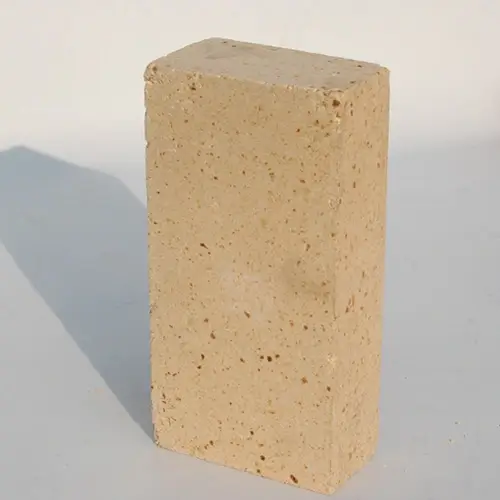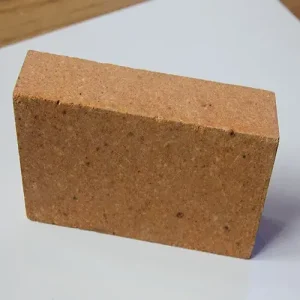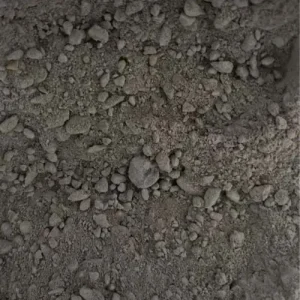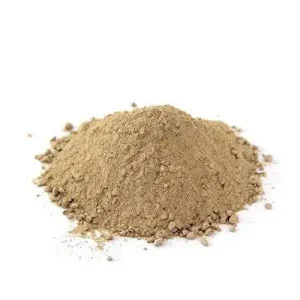High Alumina Firebricks have excellent thermal shock resistance and corrosion resistance. These 60 to 80 Grade bricks also excel in low Iron applications and there composition means they can be treated harshly in terms of turning temperatures up and down fairly rapidly.
High Alumina Brick Advantages:
Excellent high temperature performance and firing
Excellent acid and vase residue resistance
Excellent thermal shock resistance and mechanical strength
Strong corrosion resistance and wear resistance
Prolonging furnace life
High bulk density
Low iron content
Refractories manufactures high-alumina bricks with an Al₂O₃ content range of 45 % to about 99 % and based on natural raw material sources and synthetic raw materials such as:
Fused alumina and sintered corundum
Fused mullite and sintered mullite
Andalusite and kyanite
Bauxite
Calcinated fireclay
Common Applications of High Alumina Brick
Anyone can take advantage of the benefits of high alumina brick. However, the most common applications are in large-scale industrial processes. These are just a few of the industries that rely heavily on this type of refractory brick:
Refractory Industry
Petrochemical/refinery
Mining
Metallurgy
Cement Manufacturing
Liquid-steel ladles
To put it simply, any industry that relies on either a furnace or kiln and wishes to get the most out of their refractory lining can benefit from using high alumina brick; it lasts longer, insulated better, and is overall more energy-efficient than conventional brick.






Reviews
There are no reviews yet.